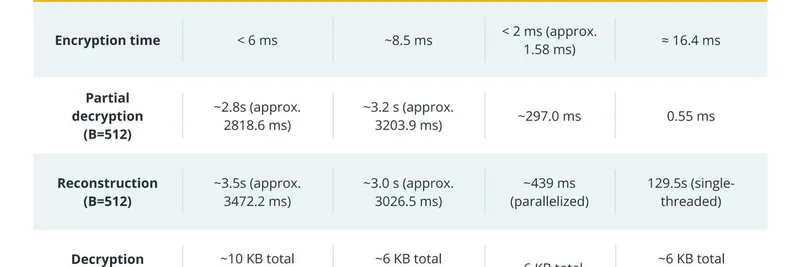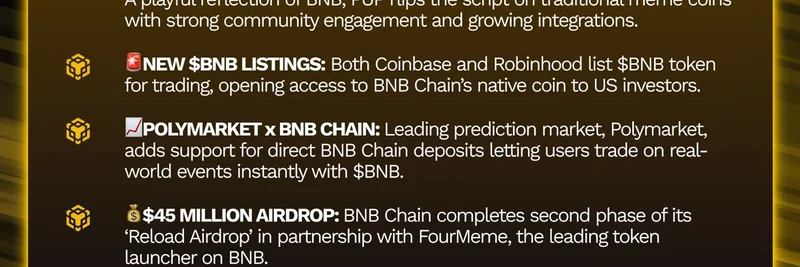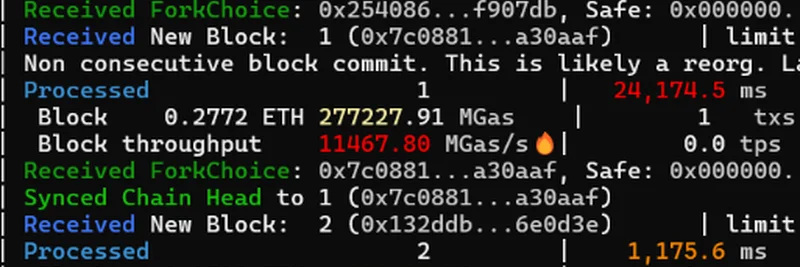Hey folks, if you're diving into the world of meme tokens or just keeping tabs on blockchain innovations, you've probably heard about Core DAO. Recently, BSC News spotlighted what could be one of Core's most significant updates yet—the Hermes Hardfork. Shared via their tweet, this upgrade is making waves, and we're here to break it down in plain English. Whether you're a developer building meme projects or a trader hunting for the next big thing, understanding this could give you an edge.
What Exactly is the Hermes Hardfork?
Think of a hardfork as a major software update for a blockchain—it's like upgrading your phone's OS, but for an entire network. The Hermes Hardfork, named after the speedy Greek messenger god, rolled out on Core's Testnet2 on October 15, 2025. It's based on tech from BNB Smart Chain and packs a punch with improvements in speed, security, and usability. For meme token enthusiasts, this means smoother launches and trades on the Core chain, where popular memes are already buzzing with activity, as seen on platforms like GeckoTerminal.
The update introduces several Blockchain Enhancement Proposals (BEPs), which are basically fancy proposals for network tweaks. Let's unpack the key ones:
Key Upgrades and Features
Faster Transaction Finality (BEP-126): Transactions now confirm in just two blocks, often within six seconds. No more waiting around for confirmations—perfect for those high-volatility meme token pumps where every second counts.
Validator Maintenance Mode (BEP-127): Validators (the folks who keep the network running) can now pause for updates without getting penalized. This keeps the network stable and encourages more people to join, boosting decentralization.
Candidate Validators (BEP-131): New validators get a "training wheels" phase to observe before going live, making it easier to expand the network.
Consecutive Block Production (BEP-341): Allows validators to produce blocks back-to-back, speeding up the whole process and reducing delays.
Validator Agents (BEP-410): These act like backups, handling tasks if the main validator is down, ensuring the network stays up and running.
Advanced Cryptography Tools (BEP-439): Adds support for BLS12-381, which is great for zero-knowledge proofs—tech that keeps your transactions private while proving they're legit. Handy for privacy-focused meme apps.
Extended Historical Data Access (BEP-440): Developers can now pull older block data for better analytics and randomness in apps, like fair launches for meme tokens.
Code Execution in User Accounts (BEP-441): Blurs the line between regular accounts and smart contracts, opening up new ways to build innovative dApps, including meme-related ones.
On top of these, validators can now set commissions on staking rewards from CORE and even BTC, which could attract more staking platforms and liquidity to the ecosystem.
Timeline and Rollout
Originally slated for late September 2025, the hardfork hit Testnet2 in mid-October after some fine-tuning. The mainnet launch is still TBA, but keep an eye on Core DAO's official channels, like their blog or X updates, for the latest. Validators and node operators need to upgrade to version 1.0.21—check the guidelines to avoid any hiccups.
What Does This Mean for You?
If you're a regular user or meme token holder, you might not need to do anything right away. But once it hits mainnet, expect quicker trades and fewer risks from chain reorgs (when blocks get rearranged, potentially reversing transactions). For developers, it's a treasure trove: faster speeds, better tools for BTCfi (Bitcoin finance) integrations, and support for over 350 devs already building on Core, which has seen a whopping 2,800% activity spike year-over-year.
In the meme token space, where Core hosts a growing list of fun projects (shoutout to communities like Memes on Core), these upgrades could mean more efficient DEX trades, lower fees indirectly through better efficiency, and innovative features like privacy-enhanced memes or BTC-backed tokens.
Wrapping Up
The Hermes Hardfork positions Core DAO as a stronger player in the blockchain game, especially for those blending Bitcoin with DeFi and memes. If you're staking CORE or eyeing meme opportunities on the chain, this is your cue to stay informed. For the full deep dive, head over to the original BSC News article.
What do you think—will this spark a meme token boom on Core? Drop your thoughts in the comments below!




